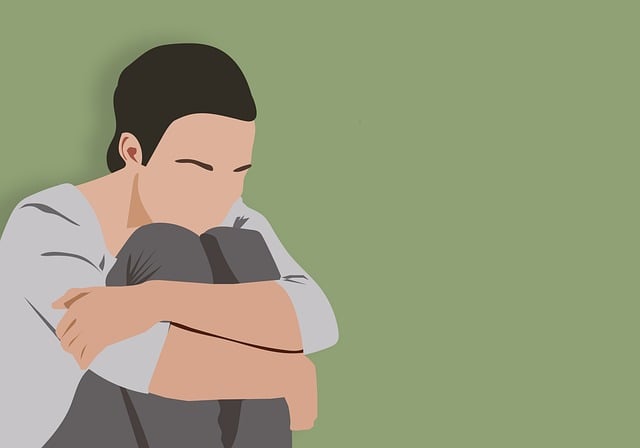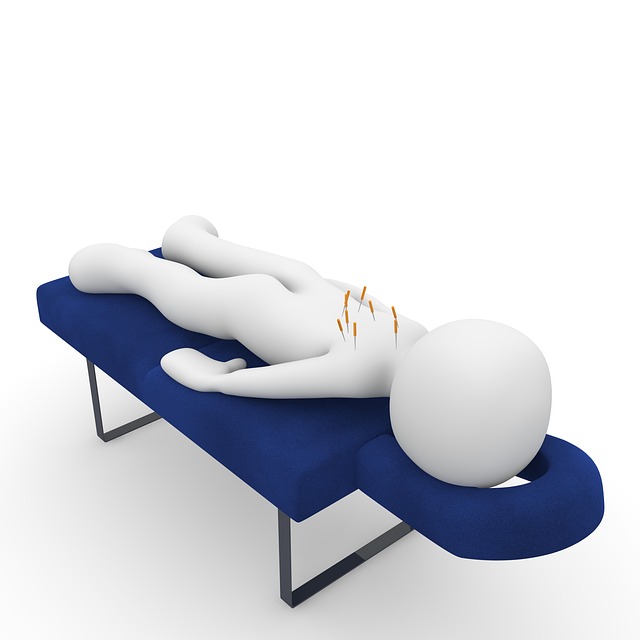Cognitive Behavioral Therapy (CBT) is a structured approach modifying negative thought patterns and behaviors through cognitive restructuring. By challenging absolute truths and questioning automatic negative thoughts, CBT empowers individuals to gain balanced perspectives and reduce symptoms of anxiety and depression. Therapeutic cognitive restructuring techniques help identify and replace distorted beliefs with adaptive mindsets, improving emotional well-being and coping strategies across various life situations.
Therapeutic cognitive restructuring, a cornerstone of Cognitive Behavioral Therapy (CBT), empowers individuals to challenge and transform negative thought patterns into more adaptive and balanced perspectives. This article delves into the core principles of CBT, guiding readers through identifying distorted beliefs, implementing evidence-based strategies for thought restructuring, and integrating these practices into daily life. Discover how cognitive techniques can enhance well-being and overcome common barriers to achieve lasting success in managing mental health.
Understanding CBT Therapy's Core Principles

Cognitive Behavioral Therapy (CBT) is a structured and goal-oriented approach that focuses on identifying and changing negative thought patterns and behaviors. At its core, CBT therapy rests on several key principles. First, it acknowledges the profound impact of thoughts, emotions, and behaviors on one another, emphasizing that our thoughts influence our feelings and actions. This reciprocal relationship forms the basis for understanding and modifying unhelpful cognitive processes.
Secondly, CBT challenges the notion of absolute truths, encouraging individuals to question their automatic negative thoughts (ANTs). By learning to recognize and reframe these thoughts, individuals can develop a more balanced perspective, reducing symptoms associated with anxiety, depression, and other mental health conditions. Through this process, CBT therapy empowers individuals to take control of their emotional well-being.
Identifying Negative Thought Patterns

Negative thought patterns are often at the heart of various mental health challenges, and identifying them is a crucial step in therapeutic cognitive restructuring. CBT (Cognitive Behavioral Therapy) therapy emphasizes the connection between thoughts, feelings, and behaviors, recognizing that distorted thinking can lead to maladaptive emotional responses. During sessions, clients learn to recognize negative thought patterns such as all-or-nothing thinking, catastrophizing, and jumping to conclusions. These patterns often manifest as automatic negative thoughts (ANTs), which are quick, uninvited, and negatively biased.
By becoming aware of these ANT’s, individuals can begin to question their validity and challenge the irrational beliefs that underpin them. This process involves examining the evidence for and against the thought, considering alternative explanations, and testing the accuracy of the belief. Through this cognitive restructuring technique, clients gain a more balanced and realistic perspective, leading to improved emotional well-being and enhanced coping strategies.
Challenging Distorted Beliefs

Therapeutic cognitive restructuring is a powerful technique often employed in CBT (Cognitive Behavioral Therapy) to help individuals identify and challenge their distorted beliefs. These beliefs, often formed over time, can significantly impact one’s emotional well-being and thought processes. By bringing attention to these negative or irrational thoughts, therapy facilitates a shift towards more balanced and realistic perspectives.
Through careful exploration, therapists assist clients in recognizing cognitive distortions like all-or-nothing thinking, catastrophizing, and overgeneralization. Once identified, these beliefs are challenged using evidence-based strategies. This process encourages individuals to question the validity of their assumptions, fostering a more adaptive and constructive mindset.
Evidence-Based Strategies for Restructuring Thoughts

Therapeutic cognitive restructuring, a cornerstone of Cognitive Behavioral Therapy (CBT), employs evidence-based strategies to identify and challenge negative or distorted thought patterns. This process involves several key techniques. First, patients are encouraged to recognize their automatic negative thoughts—those quick, often unconscious judgments that contribute to emotional distress. Once identified, these thoughts are scrutinized for logical inconsistencies using methods like thought recording and Socratic questioning.
This introspection is followed by cognitive restructuring techniques aimed at replacing irrational beliefs with more balanced ones. These strategies include reality testing, where patients evaluate the evidence supporting their negative thoughts, and cognitive reappraisal, which involves reframing situations to find positive aspects. By systematically applying these methods, individuals learn to modulate their emotional responses, fostering a healthier mental landscape through CBT therapy.
Cognitive Techniques in Practice

Cognitive techniques, often employed through CBT (Cognitive Behavioral Therapy) therapy, form a core component of therapeutic cognitive restructuring. These techniques focus on identifying and challenging negative or distorted thought patterns that contribute to emotional distress and maladaptive behaviors. By encouraging individuals to question their assumptions and replace irrational thoughts with more realistic and balanced ones, CBT helps clients develop healthier perspectives.
Practically, this involves various strategies such as cognitive reappraisal, where individuals reframe situations in a more positive light, and cognitive restructuring, which aims to change deep-seated beliefs that impact overall well-being. Through guided practice and support from therapists, clients learn to monitor their thoughts, evaluate evidence for and against those thoughts, and ultimately replace unhelpful cognitions with more adaptive ones. This process empowers individuals to manage their emotions effectively and make positive changes in their lives.
Integrating Restructured Thinking into Daily Life

Integrating restructured thinking into daily life is a crucial step in the therapeutic process, particularly with Cognitive Behavioral Therapy (CBT) techniques. Once individuals learn to identify and challenge negative or distorted thought patterns, they can begin to replace them with more realistic and balanced perspectives. This involves practicing new ways of thinking during therapy sessions and gradually transferring those skills into everyday situations.
By incorporating restructured thinking, individuals become more adept at navigating difficult emotions and stressors. They learn to reframe challenges as opportunities for growth rather than insurmountable obstacles. Through consistent practice, these newly acquired cognitive strategies become second nature, leading to improved mental well-being and enhanced coping abilities in all areas of life, from social interactions to work or academic settings.
Measuring Progress and Success in CBT

Measuring progress and success in CBT involves a combination of self-reporting, client feedback, and clinical assessment. Therapists often use structured questionnaires or diaries for clients to track their symptoms, mood, and behaviors over time. These tools allow individuals to identify patterns and trends that can be discussed during sessions, facilitating a collaborative understanding of progress.
Additionally, regular therapy sessions provide opportunities for clinicians to assess changes in cognitions, emotions, and behaviors. Through open dialogue, therapists can gauge the effectiveness of cognitive restructuring techniques, adjust treatment strategies as needed, and ensure alignment with client goals. This ongoing evaluation is crucial for optimizing outcomes and ensuring that CBT therapy remains responsive to the individual’s evolving needs.
Common Barriers to Cognitive Restructuring

Many individuals face challenges when attempting therapeutic cognitive restructuring, a process often central to Cognitive Behavioral Therapy (CBT) treatments. One significant barrier is defense mechanisms that protect individuals from facing their thoughts and emotions head-on. These can include denial, rationalization, and projection, which impede the ability to identify and challenge negative thought patterns.
Another common obstacle is the tendency to focus on the present or past rather than engaging in introspective analysis of one’s cognitive processes. This short-sighted approach makes it difficult for people to recognize and modify long-held beliefs and thought structures that contribute to emotional distress. Additionally, resistance to change due to fear of the unknown or skepticism about the effectiveness of CBT therapy can significantly hinder the therapeutic process.
Enhancing Well-Being Through Thought Change

Therapeutic cognitive restructuring, a key component of CBT (Cognitive Behavioral Therapy) therapy, focuses on enhancing well-being by changing the way individuals interpret and respond to their thoughts and experiences. This process involves identifying distorted or unhelpful thought patterns and replacing them with more realistic and adaptive ones. By challenging negative or irrational beliefs, individuals can reduce symptoms of anxiety, depression, and other mental health conditions. CBT therapy encourages a more balanced perspective, fostering improved emotional well-being and overall life satisfaction.
